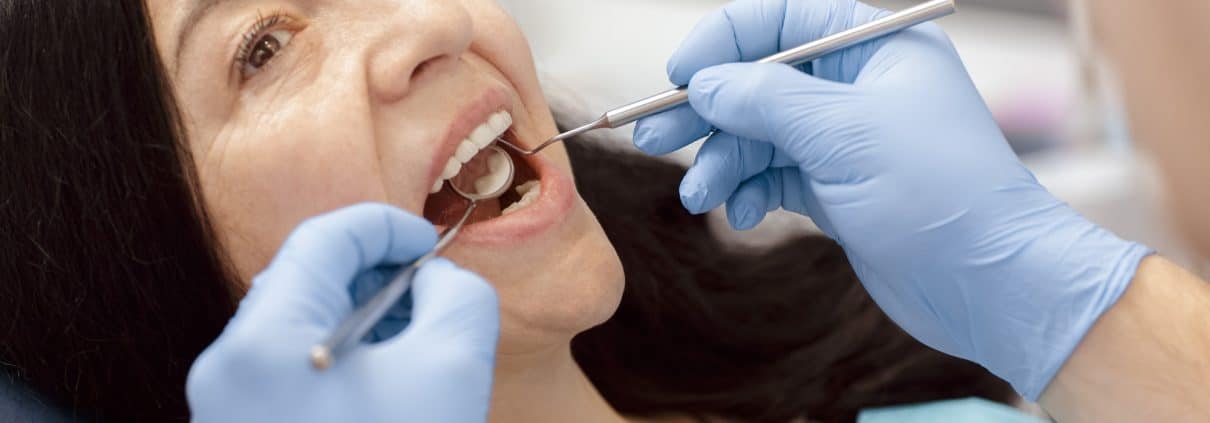Why do Dentists Check Tooth Pockets?
You’ve likely experienced your dentist in West Salem, WI examining the depths of your gum pockets during a regular dental check-up. This seemingly small assessment is actually crucial to your overall oral health.
Why Your Dentist Checks Tooth Pockets
Tooth pockets are the gaps between your teeth and the surrounding gums. Ideally, there should not be large gaps. By measuring the depth of these tooth pockets, dentists can determine if there are any signs of gum disease or if there is a need for further examination.
Importance of Maintaining Healthy Tooth Pockets
Typically, healthy tooth pockets are less than 3mm deep. If a dentist finds that your tooth pockets are deeper than this, it may indicate the presence of gum disease. This is because deeper pockets can harbor harmful bacteria that can cause further damage to your gums and teeth. Teeth and gums that can become infected or inflamed if not properly cleaned. This can lead to gum disease, which can result in tooth loss.
How Your Dentist Measures Tooth Pockets
To examine tooth pockets, dentists use a small instrument known as a periodontal probe. The probe is inserted gently between the tooth and gum to measure the depth of the pocket. The dentist usually has the dental hygienist in the room to take down the measurements as the dentist calls them out. This simple and fast procedure provides valuable information about the health of your gums and teeth. Typically, this process is relatively painless, yet it is an essential part of your teeth cleaning appointments.
If during your teeth cleaning in West Salem, WI, your dentist finds that the tooth pockets are larger than they should be, you’ll be advised as to the best course of action to reverse the situation. Contact us today to book your next cleaning.






Leave a Reply
Want to join the discussion?Feel free to contribute!